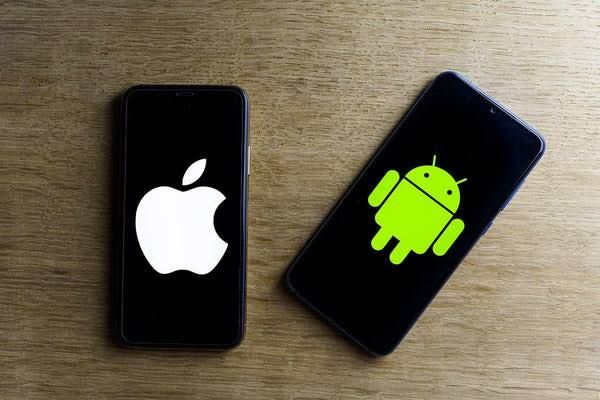Choosing between an iPhone and an Android device is a decision many face when buying a new smartphone. Both platforms offer exceptional features, but they cater to different user needs and preferences. Let’s break down the key differences to help you decide which one suits you best.
—
1. Hardware and Design
iPhone: Apple designs both the hardware and software for its devices, ensuring seamless integration. The build quality is premium, with a sleek design that feels great in hand. iPhones have limited models, which simplifies the choice but limits customization.
Android: Android devices are made by various manufacturers like Samsung, Google, and OnePlus, resulting in diverse hardware options. You can find phones ranging from budget-friendly models to high-end devices like the Samsung Galaxy S23 Ultra. This variety allows users to choose based on their budget and desired features.
—
2. Operating System and User Experience
iPhone (iOS): Known for its simplicity and smooth performance, iOS offers a clean interface and consistent updates. However, it has limited customization options, which might not appeal to advanced users.
Android: Android provides unparalleled customization, allowing users to tweak everything from widgets to themes. However, the user experience varies depending on the manufacturer’s software overlay (e.g., Samsung’s One UI or Google’s stock Android).
—
3. App Ecosystem
iPhone: The App Store is highly curated, offering quality apps with fewer malware concerns. Developers often release apps on iOS first, making it the go-to for early access.
Android: Google Play Store offers a wider variety of apps, including free ones. However, the open nature of Android increases the risk of encountering low-quality or malicious apps.
—
4. Integration and Ecosystem
iPhone: Apple’s ecosystem is a significant advantage. Devices like the iPad, Mac, Apple Watch, and AirPods work seamlessly together. Features like AirDrop, iMessage, and Handoff enhance this integration.
Android: While Android lacks the same level of integration, Google’s ecosystem (Gmail, Google Drive, Google Photos) works well across platforms. Some brands, like Samsung, have developed their ecosystems with features like Samsung DeX and SmartThings.
—
5. Customization and Flexibility
iPhone: Limited to Apple’s vision, with minimal room for customization. Jailbreaking is an option but voids the warranty and compromises security.
Android: Offers extensive customization, from home screens to custom ROMs. Users can even install apps outside the Play Store, providing more flexibility.
—
6. Privacy and Security
iPhone: Apple prioritizes user privacy, with features like App Tracking Transparency and on-device processing for sensitive data.
Android: Security and privacy vary across manufacturers. Google has improved its privacy controls, but the open nature of Android makes it more susceptible to malware.
—
7. Price and Value
iPhone: Typically expensive, with a higher resale value. Ideal for those who see it as an investment.
Android: Offers options for every budget, from entry-level phones to premium models. However, resale value tends to be lower compared to iPhones.
—
Conclusion: Which Should You Choose?
Choose iPhone if you value simplicity, seamless integration, and strong privacy features. It’s ideal for users invested in Apple’s ecosystem or those looking for a premium, reliable experience.
Choose Android if you prefer customization, more hardware options, and better value for money. It’s perfect for tech enthusiasts and budget-conscious buyers.
Ultimately, the choice boils down to your personal preferences, priorities, and budget. Both platforms are excellent in their own ways—it’s all about what fits your lifestyle.
What’s your pick? Let us know in the comments!



